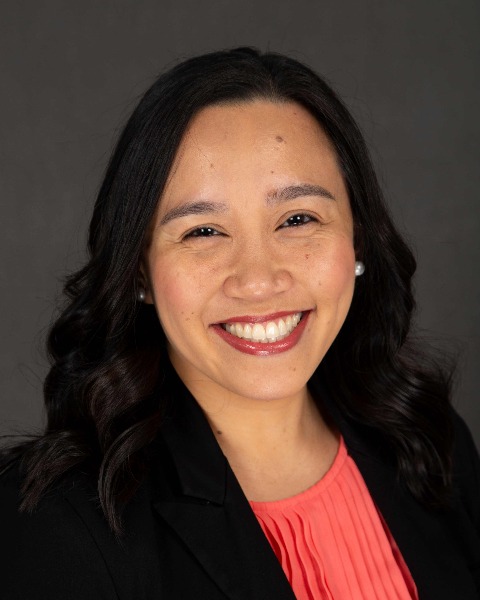2024 Technical Program
Surfactants and Detergents
Extended nonionic surfactants for highly concentrated laundry detergents

Larisa Mae Reyes, PhD (she/her/hers)
Research Scientist
Dow Chemical Company
Lake Jackson, TX, United States- CS
Cheng Shen
Principal Research Scientist
Dow Chemical Company, China (People's Republic) - YZ
Yang Zhang
Technical Service Manager
Dow Chemical Company, China (People's Republic) 
Aslin Izmitli (she/her/hers)
Senior TS&D
Dow Chemical Company
Collegeville, Pennsylvania, United States- WY
Wanglin Yu, PhD
R&D/TS&D Fellow
Dow Chemical Company, TX, United States
Presenting Author(s)
Co-Author(s)
Recent market trends in cleaning are towards highly concentrated detergent formulations or unit-dose pods, but these face gelation challenges due to poor viscosity control of anionic surfactants and conventional linear primary alcohol ethoxylates (PAEs). Extended surfactants have demonstrated enhanced salt tolerance and superior interfacial performance in surfactant-oil-water (SOW) systems. Compared with conventional surfactants, an “extended surfactant” contains an additional intermediate polarity spacer, typically a block of propylene oxide (PO) or PO-ethylene oxide (PO-EO), inserted between the hydrophilic head and hydrophobic tail. In this work, novel extended nonionic surfactants were developed to enable high surfactant loading in laundry formulations. The new surfactants have the advantage of maintaining good viscosity control even at increased nonionic concentrations and can therefore minimize the use of solvents, which are typically added for handleability and formulability. With the novel surfactants, the highly concentrated and unit-dose formulations dissolve well and disperse quickly in water. Furthermore, enhanced cleaning was observed with ~20% improvement in soil removal when compared to conventional PAEs. Impressively, the new extended surfactants in detergent formulation delivered equivalent cleaning performance at low temperature (10 °C) compared to that of PAEs at 30 °C. In addition, the products can deliver favorable toxicological hazard profiles. One of the surfactant materials discussed does not carry GHS classification for aquatic toxicity and eye irritation/corrosion, a useful feature to help meet consumer demands for safer materials. A systematic study of two representative surfactant materials in laundry applications will be presented.

.jpg)